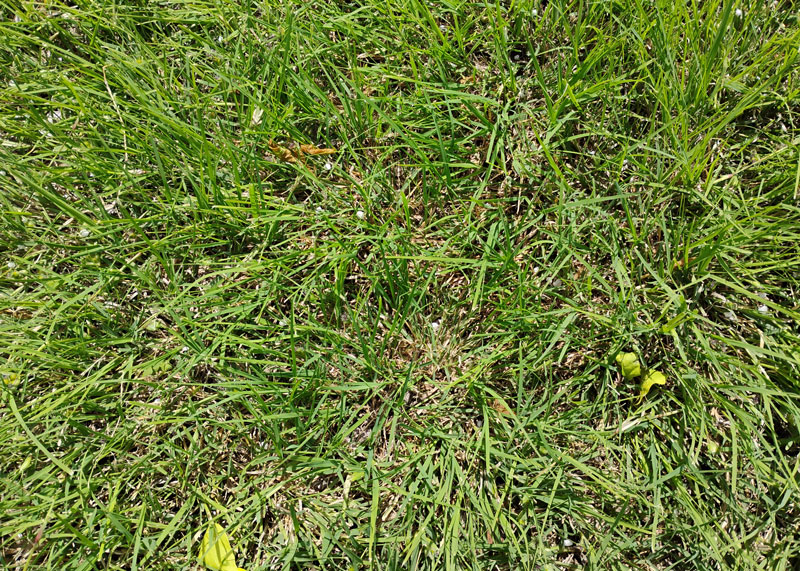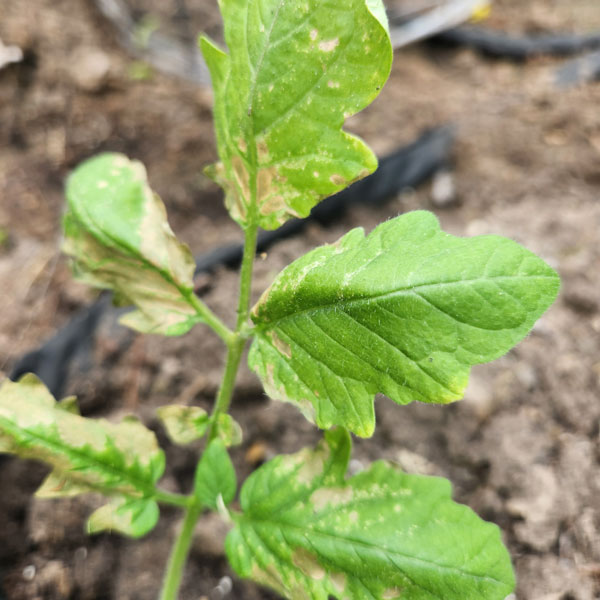Q&A – Ask Neil: April 24, 2025
(Please read these instructions carefully.)
Before you post your question, please look at recent issues to see if someone else has already asked it. You might find your answer there.
How to submit your question…
(Note: You may need to allow a pop-up window to come up in order to get the link for sending your photo(s). If you have already submitted your question and didn’t see the pop-up window, please click here.)
• Click the link provided below to post your question. After you submit your question, a new window will pop up giving you the address to which you can e-mail a SHARP, HIGH-RESOLUTION PHOTO to accompany your question. Please DO NOT SEND THUMBNAIL PHOTOS in case I need to zoom in to see things.
• Click here to post your question.
• Please ONLY POST YOUR QUESTION ONE TIME. We can only accept a set number of questions each week, and when we get duplicates it costs other people their chances.
• One question per reader, please.
• Please use this only for posting questions – not for standard emails.
• Watch for your answer in the following week’s e-gardens.
• I choose those of greatest general interest. For example, plant IDs seldom make the cut.
• I must have your first name or initials.
• I must have your city or county. (Texas is a very large state.)
QUESTION 1
WHAT IS WRONG WITH MY CRAPE MYRTLE?
Question: What is happening to my crape myrtle? It started with yellowing leaves on one side (south) last summer. Those branches are dead now – not leafing out. It looks like the damage is one large branch at the trunk. The photo of it in full bloom is from 12 years ago in its glory days. Patricia C., Rowlett.
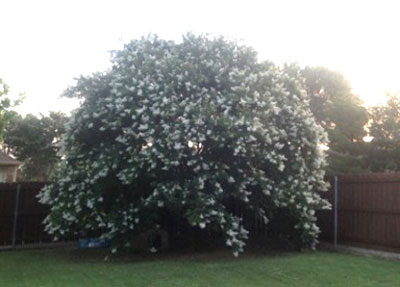

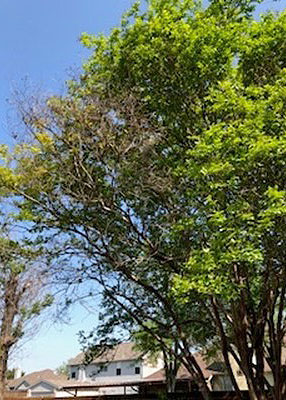

Answer: Things I know: Your plant has been visited by crape myrtle bark scale on its trunk. That insect looks like white cigarette ashes plastered to the trunk. It exudes a sticky honeydew residue onto the trunk and leaves. All of that would have happened in a prior summer. Black sooty mold fungus would have grown in the honeydew residue. That would also happen if the honeydew fell on pavement or on a parked car beneath the crape myrtle. Therefore (very important point), none of the above (scale, honeydew, or sooty mold) killed the crape myrtle’s branch. It all is purely aesthetic. You can prevent more bark scale this year with a soil drench of Imidacloprid around the plant’s drip line applied in mid-May.
What I don’t know: What variety of crape myrtle you have. It looks like it could be the rather rounded, almost arching variety Acoma. That’s a lovely variety developed by Dr. Don Egolf at the National Arboretum. One his most famous introductions (of the 29 varieties he brought to us) is another white called Natchez. It is more upright than your photo suggests. Natchez, and to a lesser degree, Acoma, is very sensitive to cold winter temperatures. The kind of dieback you’re seeing is almost assuredly caused by latent freeze damage. All I can suggest at this point is that you prune out the cracked trunk/dead branch and help the plant heal from the injury. If the plant continues to lose trunks and branches, cut it to the ground and train the new shoots that inevitably will sprout up from the roots.
QUESTION 2
HOW SHOULD I HANDLE ROOTS OF THESE AUTUMN SAGE PLANTS?
Question: I typically buy plants in containers. I prefer to buy plants with high root density. What is the proper way of unbinding roots? These photos are from autumn sage plants in quart containers.
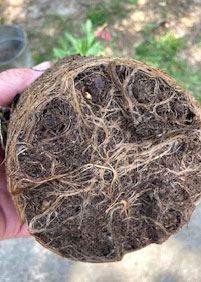
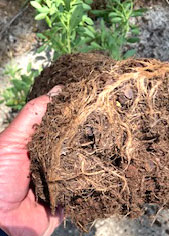


Answer: These plants do not look especially rootbound so I would just plant them. Set them out at the same depth at which they were growing in their pots.
If I see roots spiraling around in a root ball, I will normally cut any large roots on opposite sides for trees and large shrubs, or I may use a utility knife to scratch through the outer ring of fine roots. The goal is mainly to destroy the encircling habit the root system may have started to develop.
QUESTION 3
WHAT IS WRONG WITH MY ST. AUGUSTINE?
Question: What is wrong with my St. Augustine? It was starting to green up nicely. I fertilized it and it rained the next day. I put on Disease-EX to prevent take all root rot. The spots are spreading to the entire lawn. Carol N., Clifton, Bosque County.
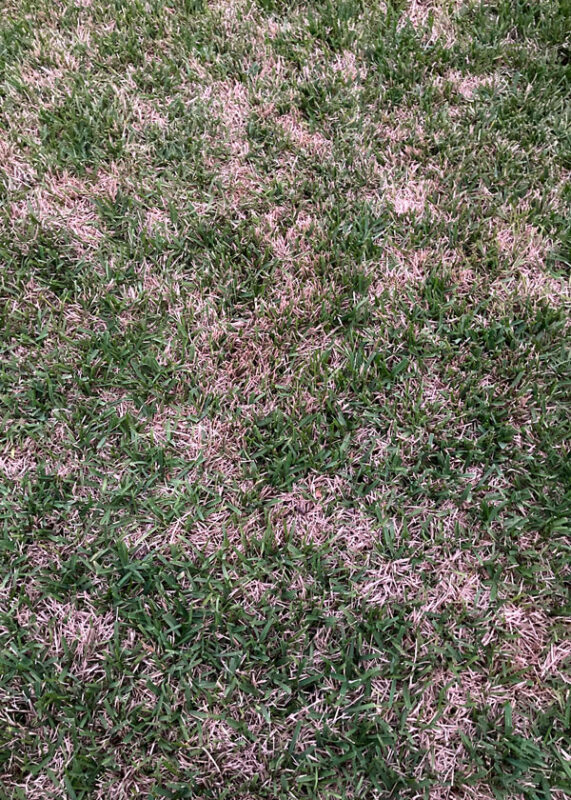

Answer: I always hate to give up on answering a question when I have such good photos, but I must admit that it’s difficult to tell. TARR usually shows a lot more yellowed blades and lethargic growth. Any green blades in your lawn appear to be seriously green. If they aren’t green, they are seriously brown. That’s unusual.
I would carefully dig up a few of the green runners to examine their roots. Don’t just pull them out. Loosen them with a shovel or trowel so you can see all their roots. If they are very short and quite dark, that would be TARR and the azoxystrobin product you applied is the best thing going. If they are not blackened and short, I would compare the grass and its roots to other parts of your lawn where the St. Augustine is healthier looking. If not your lawn, see how your neighbors’ lawns look.
If you discover it’s only a problem in your lawn you might want to dig out the bag of fertilizer you applied and make sure it was intended to be used on St. Augustine. Also, did you water the lawn right after you applied it? If not, it’s possible that this could have been caused by root damage from excessive nitrogen. Honestly, I’m just grasping at straws without a sure answer. I’m going to have to ask you to do some sleuthing for us on this one.
QUESTION 4
WHAT IS THIS WEED? DO I NEED TO BE CONCERNED ABOUT IT?
Question: This weed showed up in an unplanted bed. I pulled it up before checking to see what it was. Is this hemlock? The information I found on the Internet is a bit concerning. Do I need to do anything special with the soil before planting there? Vickie M., Cresson, Parker County.
Answer: It looks like the plant called “poison hemlock” because of its toxicity when ingested and potential for skin irritation when handled. I would suggest just cutting it with a hoe to eliminate it in the future. You can do so without needing to handle it. I would suggest not using it in the compost pile. It is a relative of wild carrot, parsley, and many other plants with similar foliage. Unless you plant these crops from seed packets or transplants, assume them all to be poisonous weeds. It’s not worth the risk.
QUESTION 5
WHAT COULD BE PLANTED WHERE THE GRASS IS TO PROVIDE INTERESTING BARK, BRANCHES, AND OTHER ATTRIBUTES?
Question: I plan to eliminate the grass by our front door. It faces southeast, and the area gets sun until about 4 p.m. What could I plant here to provide vertical interest, bark, branching, and other attributes? Each leg of the triangle is about 12 ft. long. Deb B., Pilot Point.
Answer: I would want some type of evergreen shrub/groundcover/very small tree to soften all the white. I might use dwarf Burford holly somewhere toward the wall – probably only three plants that I would keep informally trimmed at 3 ft. or so.
I would plant a few purple wintercreeper euonymus plants as low, sprawling clumps within the existing white rock. Keep them trimmed into somewhat rounded forms. The dark green color in summer would be a nice look, and then the purple shade in winter would be handsome. (People are telling me they’re having trouble finding wintercreeper this year – it’s in a lot of demand, since it has held up so much better than the old favorite Asian jasmine as a groundcover.)
As for the small tree, I would consider Catawba crape myrtle, but I’d put it within the bed that already has rock, probably to the left of the medium-sized square rock.
I can’t see behind the fence, but perhaps a tree-form Nellie R. Stevens holly behind it, center and toward the left end would be a nice backdrop as well as providing shading and privacy to those windows. Nice job of laying the stone walk, by the way!
QUESTION 6
WHAT IS THIS WEED GRASS? WHAT CAN WE DO TO GET RID OF IT?
Question: We have a large patch of this fine-bladed grass. It is lighter green than our bermuda with a slightly yellow hue. What is it? (Those dots are fertilizer pellets.) Ruth W., Plano.
Answer: You have the tough-as-a-boot bahia grass. It’s a common visitor to less-maintained areas in Texas lawns where bermuda turf can’t outrun it. It usually shows up out back by the alley or in the front parkway (between the sidewalk and street) – places where maintenance is challenging.
Unfortunately, since both are warm-season turfgrasses, there is nothing you can spray to kill bahia grass that won’t also kill your bermuda.
You can spot-treat with a glyphosate-only herbicide to kill both grasses. Two weeks later the bahia grass should be dead, and the glyphosate would have left no residue in the soil. You should be able to replant with bermuda.
If you fertilize and water bermudagrass at the recommended rates and mow it at suggested heights (1-1/4 to 1-1/2 inches), it should grow aggressively and be able to crowd out the invader. It’s probably going to take patience, but you can win the battle.
QUESTION 7
WHAT IS WRONG WITH MY CELEBRITY TOMATOES?
Question: My new Celebrity tomatoes have something wrong with their leaves. They are discolored and they are curling up and dying. What is causing this, and can the plants be saved? Dorothy C., Sherman.
Answer: Your plants have spider mites. I’ve never been sent a photo of spider mites this early in the season. They usually don’t show up until late May or June, especially along the Red River.
Thump one of the leaves over a sheet of white paper. Unless you have sprayed with a general-purpose insecticide labeled for mites, you should see the nearly microscopic pests start to move about freely on the surface of the paper within 15 to 30 seconds.
If you see the spider mites, apply a product labeled to control them. Be sure you spray the backs of the plants’ leaves. Hopefully you’ll not have them again this season.



